The Panasonic Lumix GH series cameras have always been a popular camera among videographers. I still remember back in the GH2 days, a lot of videographers were hacking their GH2 to extract more features and quality than the factory firmware. The hacking seems to have die down since GH3 was released as the factory firmware is getting better and better. When I tested the Lumix GH4, I was really impressed by the 4K video quality. And now, the Lumix GH5 has arrived!
Few months ago, Panasonic contacted me and asked if I will be free in March to attend an event in Queenstown. Apart from the date of the event they didn’t tell me any other details otherwise. Of course, now we all know the event is for the GH5 launch. As mentioned in my other post, journalists and industry specialists from Asia Pacific as well as the Panasonic teams from Japan and other countries came to Queenstown, New Zealand to attend this multi-day event. We got a lot of chance to test the camera during this event.
If you want to know a bit more about that event, you can have a read of my post here. I really think an event like that is a great way to test the camera. Not only I was able to use the camera under a lot of different conditions that I normally can’t for time and other reasons, I also got the chance to talk to the Panasonic team directly when I have questions and problems with the camera (to be fair, the problems are mostly user error) . It was also good being able to talk to other journalists and share thoughts about what we like and don’t like about the camera.
But anyway, let’s get back to the GH5 review first. Just like how GH4 was an evolution of the GH3, the Lumix GH5 is very similar to the GH4, and evolving into a camera primarily targeting professional users. The GH5 is a really solid camera, the body is one of the most solid mirrorless camera I’ve ever used. With the internal flash being removed, the GH5 is now splash, dust, and even freeze proof to -10 degree celsius. As it’s early Autumn here in New Zealand, I didn’t have a chance to test it’s freeze proof capability. But I have tested it’s splash proof from our jet boating ride during the Queenstown trip. The first activity upon arrival was a jet boating ride. Pretty much all the GH5s (mostly with the new Leica 12-60 f/2.8-4 lens mounted) held by all the journalists were wet after the boat ride, but none of the camera had any problem at all. Getting all our cameras really wet right at the beginning of a multi-day trip shows you how confident Panasonic is with their camera’s weather seal.
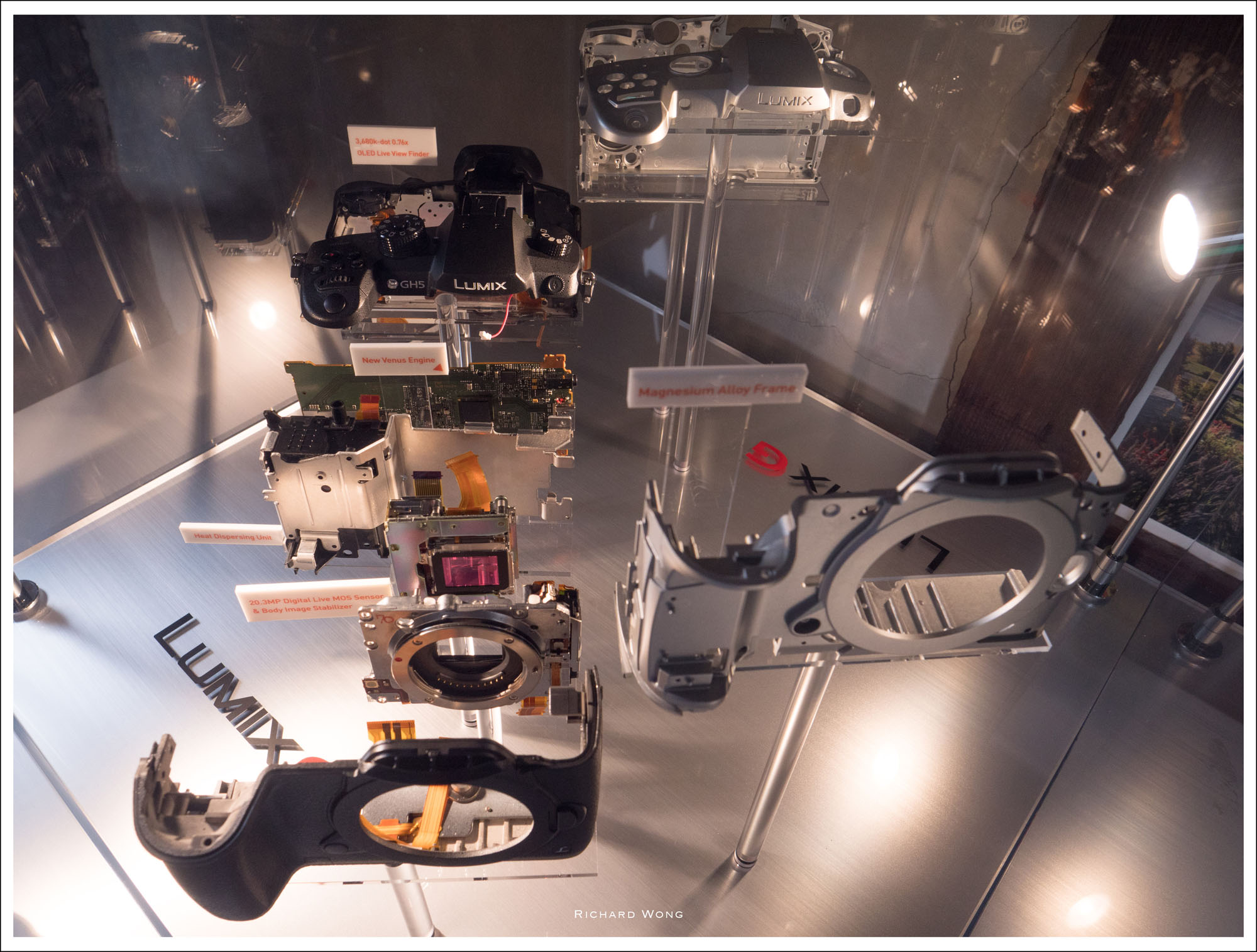 Panasonic GH5 |Panasonic Leica 12-60 f/2.8-4| ISO 400 f/6.3 1/60s
Panasonic GH5 |Panasonic Leica 12-60 f/2.8-4| ISO 400 f/6.3 1/60s
Lots of metal in the GH5, and look at that huge heat dispersing unit behind the sensor.
Compared to the GH4, the GH5 has grown a bit in size but otherwise not too many changes in GH5’s body layout. The most obvious is a new joystick control at the back of the camera which can be used for selecting autofocus point as well as a few other customisable features. For myself, I still prefer to use the touchscreen (in offset mode) to select the autofocus point as I found it is faster and more intuitive. The video record button is now moved from the back of the camera to the top. The input/output ports layout has changed a bit but the most obvious one is that there is a full size HDMI port on the side of the body, which should be a lot more secure than the micro HDMI port on the GH4. There is also a USB-C port as well.
Overall the placement of the controls are all quite sensible despite there are a lot of them. The only thing I don’t really like is where the DISP button is located. At first I thought it’s quite a nice location, but after using the camera for a few days, I found I would quite often press the DISP button by accident and end up have to press it a few more times to get it back to my original setting.
If you look at the other side of the body, you’ll see two SD card slots. GH5 is the first Panasonic micro four thirds camera that has dual memory card slots. As the GH5 is primarily designed for professional users, dual card slots is definitely something that would make a lot of users happy. Photographers can save a backup copy to the secondary slot and if you are a videographer, you can also swap the memory card when recording video. As the GH5 can record 4K video with unlimited length, the length of your video is now only limited by the battery.
 Panasonic GH5 |Panasonic Leica 12-60 f/2.8-4| ISO 200 f/10 1/640s
Panasonic GH5 |Panasonic Leica 12-60 f/2.8-4| ISO 200 f/10 1/640s
Where’s Gandalf?
A lot of cameras with dual card slots have a slower secondary card slot to reduce cost, for example the new Fujifilm XPro2’s secondary slot is only UHS-I. The problem with that kind of setup is, if you want to save RAW to both slots (what I usually do when shooting weddings), or even just swapping cards all the time, your write speed is restricted as soon as you need to write to the slower secondary slot. The good news is, both of GH5’s card slots are high speed UHS-II type so the writing speed won’t slow down just because you have to use the secondary slot.
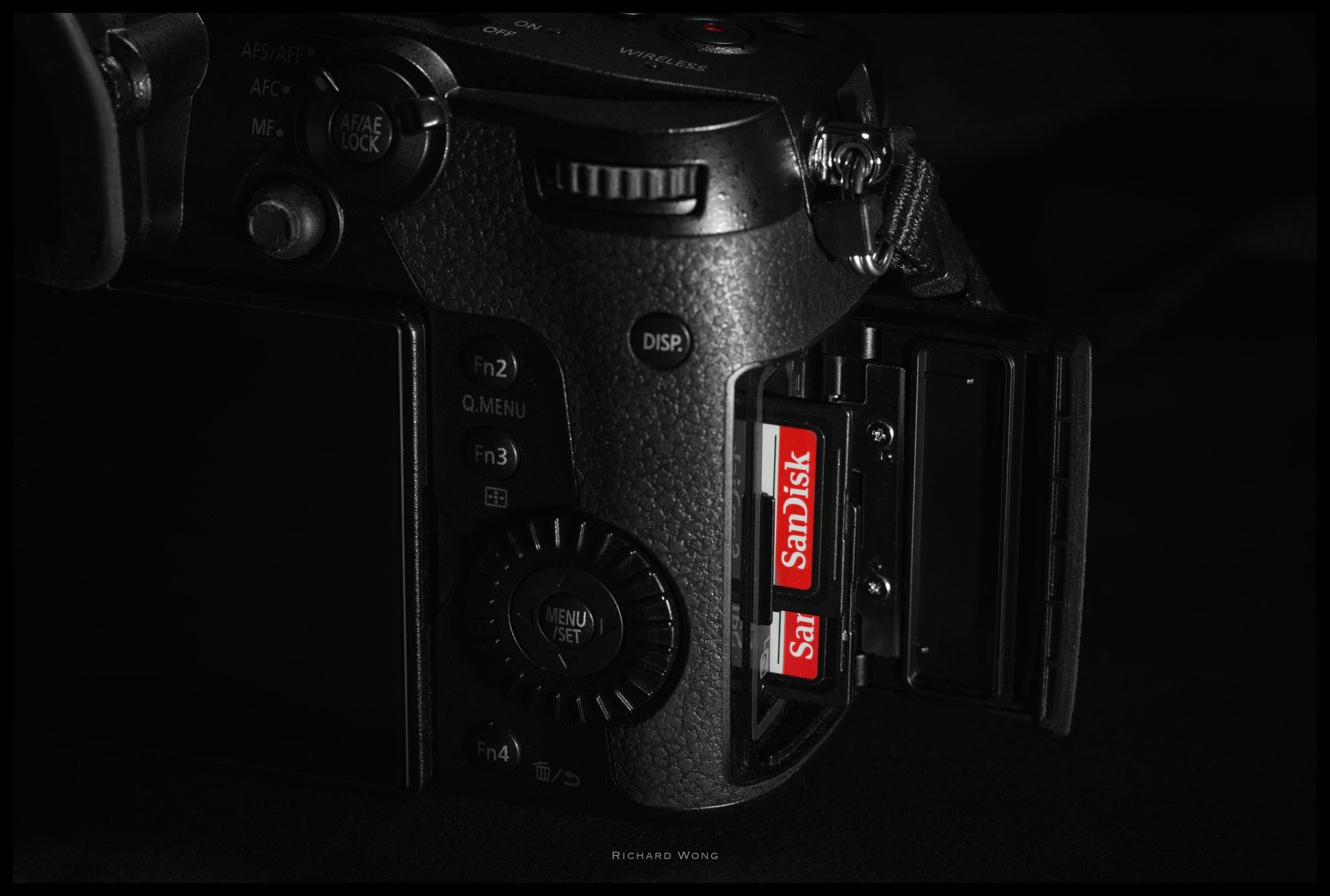 One thing I like (dual SD card slots). One thing I don’t really like (position of the DISP button)
One thing I like (dual SD card slots). One thing I don’t really like (position of the DISP button)
The GH5 has a new 3.68M dot electronic viewfinder and it is simply amazing! It’s huge (0.76X) and has very minimal delay. Quite often I thought it is an optical viewfinder as the resolution and colours are both really good. That is until I saw the overlay text and icons and then I realise I was wrong. The GH5’s electronic viewfinder is really a joy to use.
The Lumix GX7 was the first Panasonic micro four thirds camera that has an in-body image stabiliser (IBIS). After the GX7 was released, a lot of people thought the soon-to-be-released (back then) GH4 would also have IBIS as it would help create smooth video footage. Unfortunately that didn’t happen and disappointed some people. But Panasonic has finally put an IBIS as well as their latest Dual IS 2 system in the GH5.
I have not spent too much time testing the IBIS and Dual IS2 for photos this time due to time constraint. I believe it should be at least as good as the G85‘s Dual IS2 performance if not slightly better. What I focused on is IBIS/Dual IS2’s performance when shooting video. I took a large amount of videos, from just walking around different places, to when sitting in a travelling car, golf kart, helicopter, to the most violent one when I was on a jet boating ride and held the camera up above my head with one hand only when my other hand and body was battling with the wind, speed bump and prevent myself from being thrown out of the boat. And I was really impressed with all the video results, especially the Dual IS2 video with the Leica 12-50 f/2.8-4 mounted on the camera. While it cannot completely replace a proper full size video stabiliser rig, the Dual IS2 (and to a lesser extent, the IBIS itself) really smooth out most of the vibration and jumpiness. Check out the footage below when I was on a jet boating ride, just look at how everyone’s head was bouncing and moving around but the video was really very smooth. If I’m shooting weddings or any documentary video with a GH5, I would certainly leave the gimbal at home and have a much lighter camera setup.
The GH5 has a new 20MP image sensor with no anti-aliasing filter. The new sensor has a much faster readout speed which reduces the rolling shutter when recording videos and also photos when using the electronic shutter.
High ISO image quality is really good for a micro four third sensor. Below are photos I took at various ISO value. All photos are RAW converted to JPG using Adobe Lightroom. Zero noise reduction, sharpening at default setting.
Left: Original Photo Right: 200% crop near the centre
While the photo starts getting quite noisy at ISO3200, (remember the photos above has zero noise reduction) they are all quite useable until ISO12800. That’s really not bad at all for this latest 20Mp micro four third sensor. The maximum ISO is rated at ISO25600, but I think Panasonic could squeeze another extra stop for emergency use (or bragging right) and make the maximum ISO 51200 instead.
To test the new sensor’s dynamic range or latitude for post processing, I’ve shot the following photos in RAW at different exposure setting (i.e. some intentionally underexposed and some intentionally overexposed), then try to recover them during post processing.
The underexposed photos recover very well from -1EV to -4EV. At -5EV, the recovered photo has obvious colour shift in the shadow and lost quite a bit of contrast as well.
Overexposed photos are usually a lot harder to recover for digital cameras. Once the highlight area is clipped, you lost all the information and there is nothing for you to recover. Now looking at my results above, the GH5 performs better than I expected. Even at +3EV, some of the sky/cloud details can still be recovered which is quite impressive. At +4EV, most of the highlight area is completely blown-out, but it’s expected even for cameras with the APS-C or full frame sensor .
During the Queenstown trip, I was mostly shooting with the new Leica 12-60 f/2.8-4 lens, even though I have both the Leica 24mm f/1.4 and Leica 42.5mm f/1.2 in my camera bag all the time. This is a bit unusual for me as I’m normally a prime lens shooter. I guess I am just really impressed by the image quality from the GH5 with the Leica 12-60. The colours from the GH5 and the 12-60 together are beautiful, the image sharpness is really good, sometimes there is a bit of flare but not enough to annoy me. And the lens is really well made. Metal, solid, smooth zoom ring. If you are looking at buying a standard zoom lens, I would highly recommend this, maybe even over the Panasonic 12-35 f/2.8 because of it’s wider focal range and more solid construction.
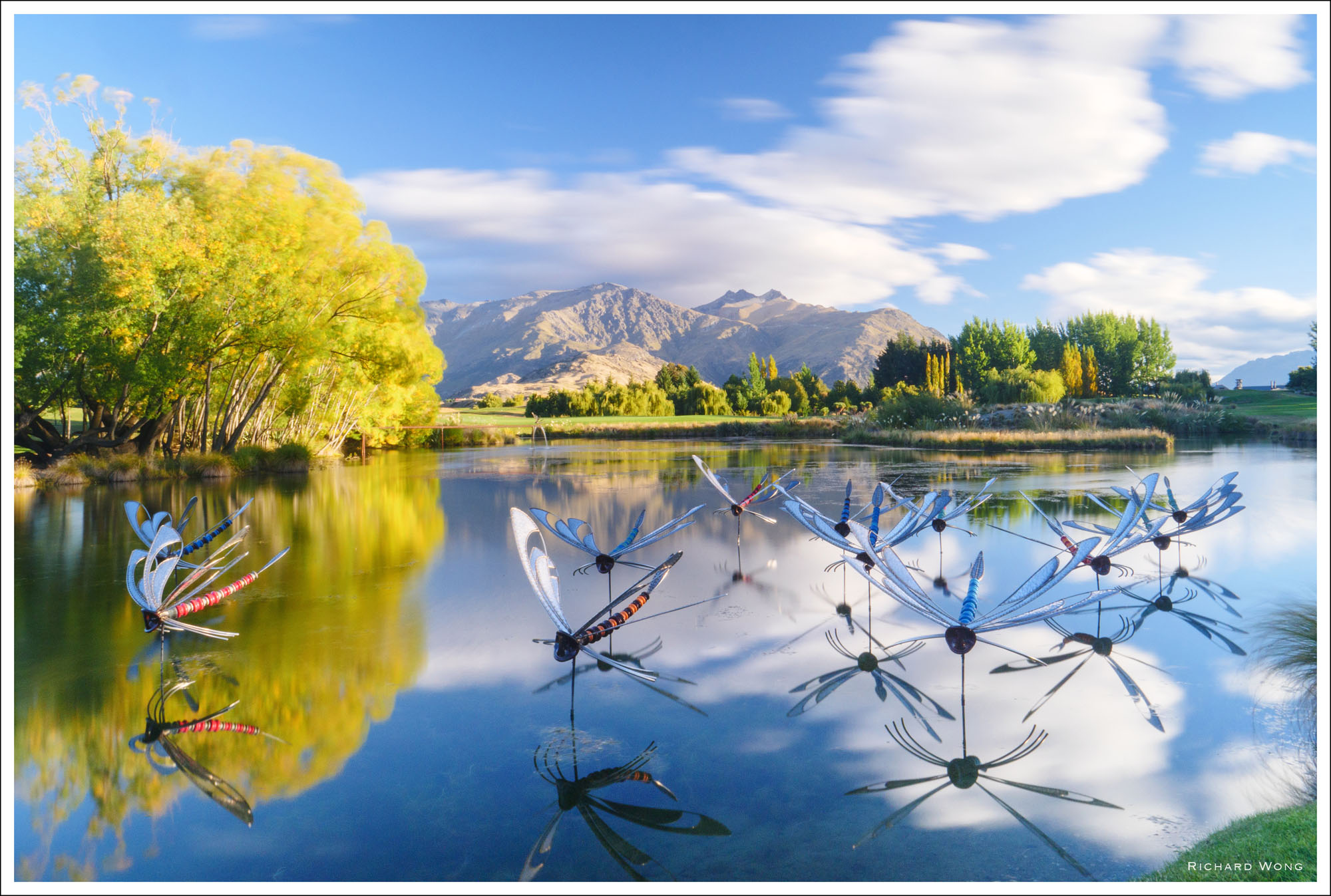 Panasonic GH5 |Panasonic Leica 12-60 f/2.8-4| Syrp Variable ND Filter | ISO 200 f/20 15s
Panasonic GH5 |Panasonic Leica 12-60 f/2.8-4| Syrp Variable ND Filter | ISO 200 f/20 15s
The 4K photo mode and post focus are both photo feature that Panasonic heavily promoting. And not surprisingly the GH5 has both of them, and both are improved. Presumably with the faster sensor readout speed and more power image processor, the 4K photo mode can now shoot at 60fps. And if the 8MP image from the 4K mode is not big enough, there is a new 6K photo mode that can capture 18MP JPGs at 30fps. It’s pretty much full size JPGs at very fast frame rate.
As mentioned right at the start of this review, the Panasonic Lumix GH series is most popular among videographers. And with the GH5, there are so many new features for video shooter that I don’t think I can go through them one by one in this review. But let’s start with the biggest features first.
10Bit 4:2:2 4K internal recording is definitely one of the headline feature for the GH5. (10 bit 4:2:2 video gives you more colour depth and better colour information when compare to the normal 8 bit 4:2:0 videos) With the GH4 you can also record 10 bit 4:2:2 videos, but you need an external recorder which would easily cost you a few thousand dollars and it’s an external device you have to attach to the camera which increases the total weight, size and not to mention the external cable you have to be careful with when moving around. Now with the GH5, you can record it internally when shooting 4K up to 30fps. The GH5 can shoot 4K video up to 60fps, but for 10 bit 60fps video then you’ll have to use an external recorder (it can record 8bit 4K 60fps internally) So for a lot of videographers who want the best video quality but don’t need to record in 60fps, you can now leave your external recorder at home.
If you love slow motion videos, the GH5 can shoot variable frame rate full HD video at maximum speed of 180fps, which allows you to create up to 7.5x slow motion videos. It’s really great for shooting fast action and create some dramatic footage. Check out the short video clip below that were shot at 180fps.
Another important improvement is that the GH5 now uses the full width of the sensor when recording video in any resolution. Previous the GH4 uses only approximately 87% of the width of the sensor when recording 4K video, which makes wide angle lens becomes not so wide. GH5 has no extra cropping and video is created by full (width) sensor readout then downsampling. Because of that the 4K video quality is also improved. The most noticeable improvement is high ISO video quality. At ISO 1600, or even ISO 3200, the videos are beautiful with only small amount of noise. At ISO 6400, the unedited video becomes noisy but still maintain good quality. I would even go to ISO12800 if shooting under low light.
Below are two videos, first was shot at ISO3200 (unintentionally, as I just finished the long exposure photo a few paragraphs above and didn’t remove the ND filter when I took this quick video).
And the video below was shot at ISO6400, pretty low light. Note I was using autofocus when filming this video.
Apart from the improvement in video quality and higher frame rate, there are also many other new cool features. The one I like the most is Focus Transition. Basically this feature allows you to set up to 3 different focus distance, and the camera can smoothly change the focus between these pre-set focus distance at your preferred speed. It’s almost like you are using a focus follow system to do a smooth focus transition. The best thing is that setup is super quick and easy, and the result is 80-90% as good as if you are using a follow focus system.
Once again, it’s another thing that you previously have to rely on external add-ons to do, but now the camera can do it for you.
Oh and did I forget to mention the GH5 can record 4K video with no limit on the length? With so many cameras that either have a short length limit when recording 4k videos, or even worse some camera would overheat and shut down before it hits the limit, unlimited 4K recording length is really another trump card from Panasonic. Look at the photo near the top of the review where you can see all the internal components of the GH5, you can see there is a huge heat dispersing unit behind the image sensor, which also contribute to increase in camera size and weight. But I’m pretty sure this is not the only trick Panasonic used to solve the overheating issue that most other manufacturers still can’t solve.
If you think GH5’s video capability is very impressive (which it is), Panasonic said there will be a few firmware update coming later this year which further improve the camera’s video recording capability. The list includes 400Mbps All-Intra videos at various resolution, high resolution Anamorphic video (which will require special anamorphic lens) and also Hybrid log gamma 4K HDR video.
The GH5 has a total of 225 autofocus point that covers the whole image area. The large number of autofocus points allow more precise control of autofocus operation. The GH4 was the first camera that has the Depth From Defocus (DFD) technology which analysis the bokeh to improve autofocus. Now with the GH5, Panasonic has refined the DFD technology to improve the speed and accuracy of the autofocus operation and also tracking ability. Panasonic said GH5’s autofocus speed is 0.02s faster than the GH4, but I honestly can’t tell as the GH4 was already very fast.
But while I can’t tell the improvement in autofocus speed, I can definitely see the improvement in continuous focusing/tracking. GH4’s continuous focus performance was a bit slow and not really that accurate. The GH5 is better, a lot better! The camera manage to follow the subject with much better accuracy and faster. Not perfect but overall it is definitely a lot better than the GH4.
Look at the photos below. This is a set of photo I took when I saw a rider was riding his bike coming towards me and got really close in the end . All the photos with shot with the Leica 42.5mm f/1.2 at f/1.2.
It maybe hard to tell from the scaled down images, but out of the 14 photos, I would say 7 of them are focused correctly. The other 7 are either slightly front or rear focus. But the most important thing is none of the image is badly out of focus. The camera was able to follow the subject correctly and smoothly, just not 100% accurate. Remember I was shooting with a 42.5mm lens at f/1.2 so it was not the easiest thing for the autofocus system. Should I have shot at f/2.8 or even f/2, the increased depth of field would most likely cover any inaccuracy in continuous autofocus.
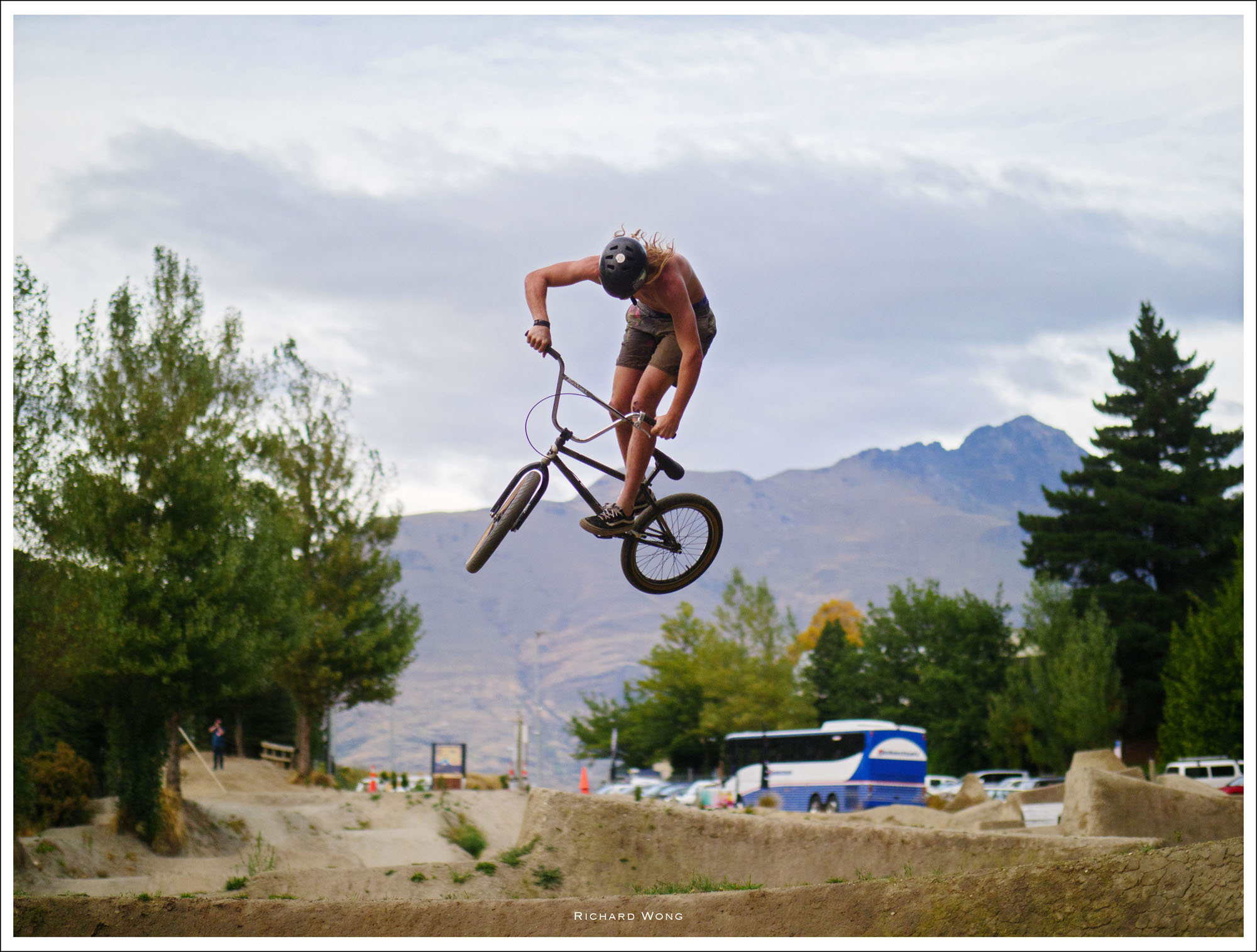 Panasonic GH5 |Panasonic Leica 42.5mm f/1.2| ISO 400 f/1.2 1/8000s
Panasonic GH5 |Panasonic Leica 42.5mm f/1.2| ISO 400 f/1.2 1/8000s
When I was shooting the fire performance (the ISO 6400 video above) during the GH5 Queenstown tour. Autofocus did struggle a bit especially when the performer were spinning fire rapidly which creates a lot of motion blur and also caused the light to flicker rapidly. In the end I did manage to capture some nice photos and videos after trying out a few different autofocus settings and found the setting that works the best. So if you found the GH5’s autofocus doesn’t work very well, try switch to different focus mode/settings, you may get much better result with some of the settings.
And to be fair, 99% of cameras would probably also struggle when shooting similar scene.
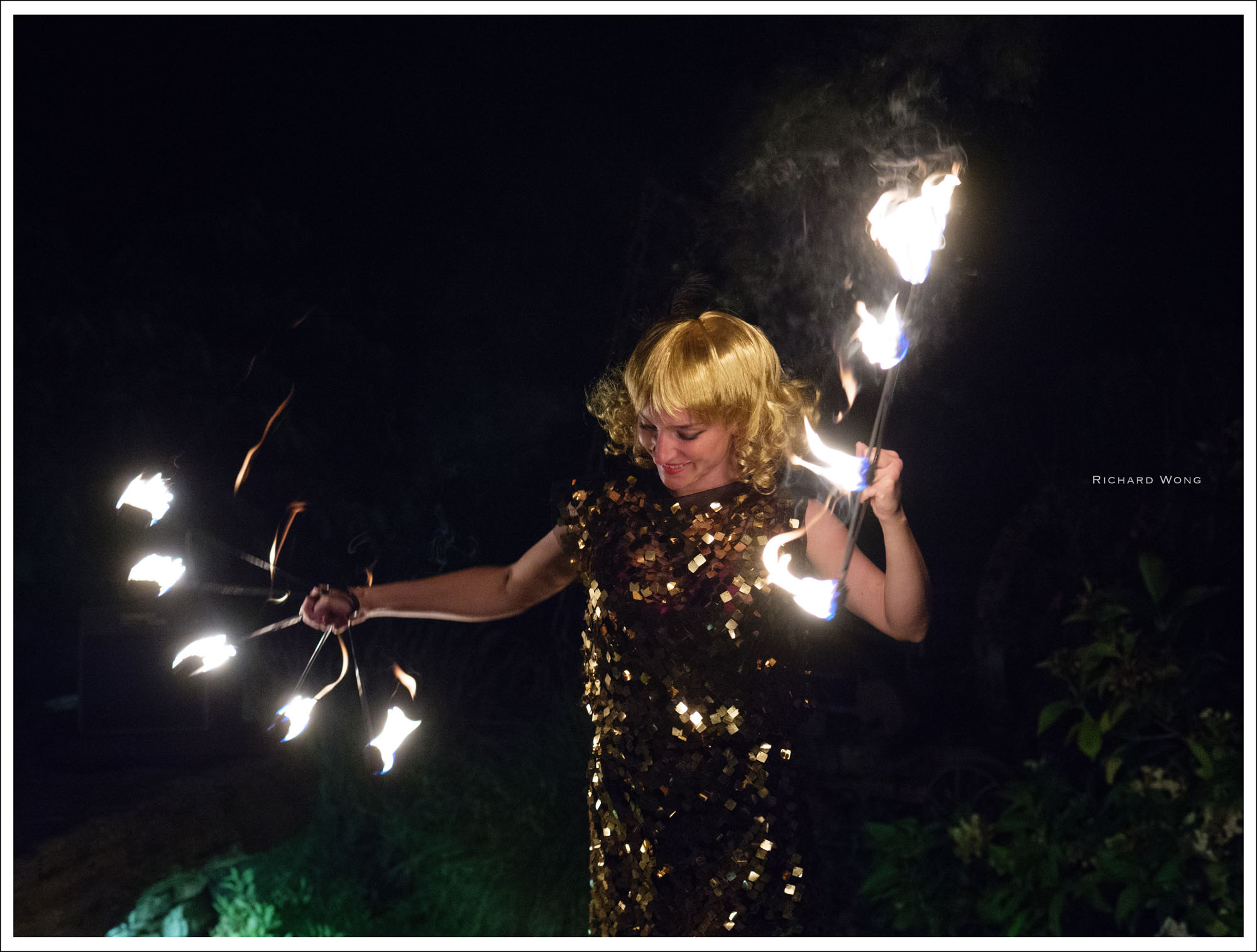 Panasonic GH5 |Panasonic Leica 42.5mm f/1.2 | ISO 3200 f/2.5 1/125s
Panasonic GH5 |Panasonic Leica 42.5mm f/1.2 | ISO 3200 f/2.5 1/125s
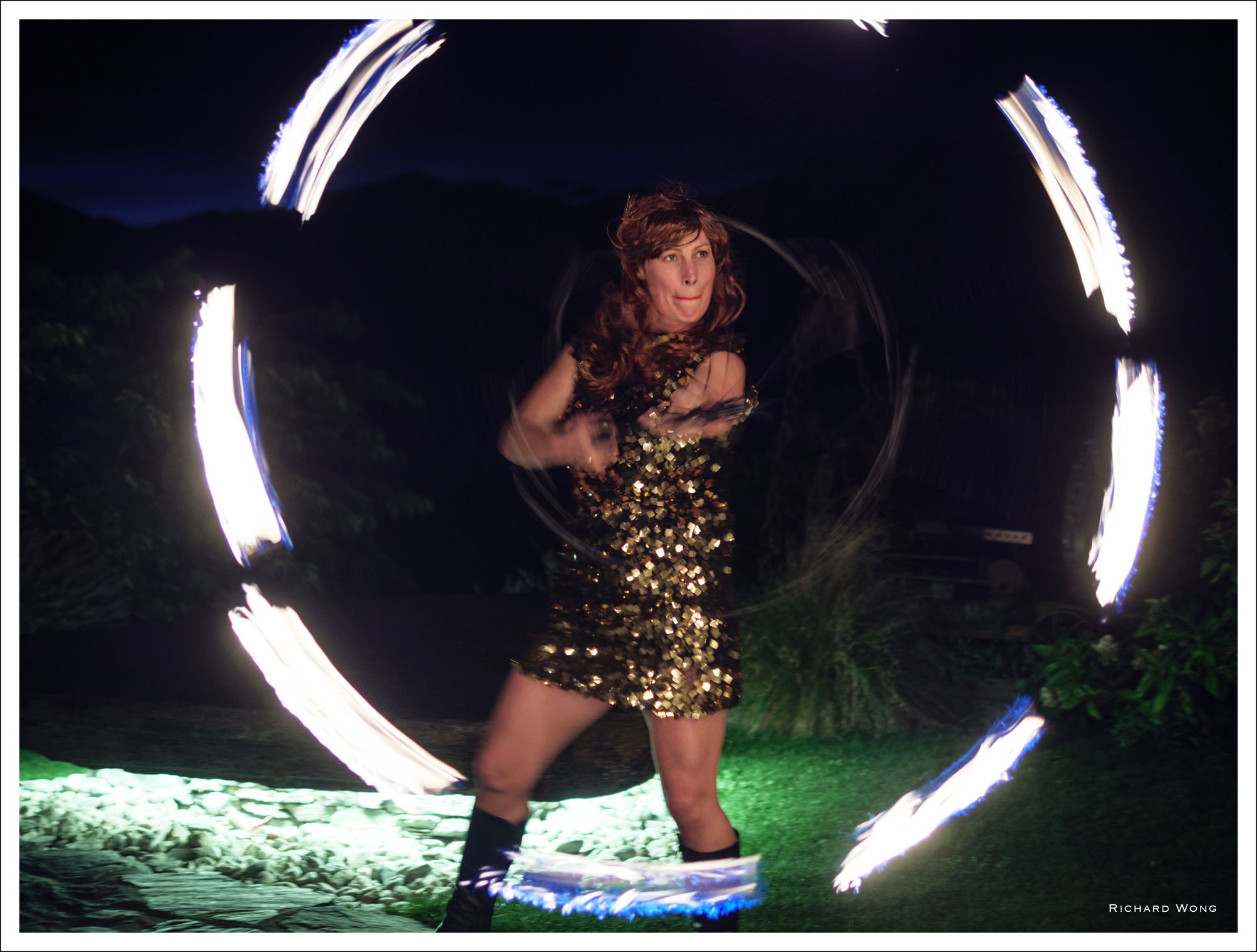 Panasonic GH5 |Panasonic Leica 25mm f/1.4 | ISO 250 f/1.4 1/20s
Panasonic GH5 |Panasonic Leica 25mm f/1.4 | ISO 250 f/1.4 1/20s
When recording video, the autofocus works pretty well as well, as long as you don’t mind a bit of focus hunting every now and then. I certainly hope Panasonic can further reduce the amount of hunting in the future, especially when the scene is relatively static and the focus would still occasionally drift for no reason. Luckily it doesn’t happen very often and overall, the autofocus performance is quite useable when shooting documentary style videos.
GH5’s autofocus performance is definitely much better than it’s predecessor and it is now useable when you need to follow a fast moving target, but there are still room for improvement if you compared it with the best autofocus system out there.
If you have read some of my previous reviews, like the Panasonic GX8 review, you may remember that I have complained about why exposure compensation doesn’t work in manual mode when auto ISO is enabled. It’s a feature a lot other cameras have and I really like. Basically you set the aperture value and shutter speed and also the exposure compensation, and the camera would choose the ISO for you to create exactly the photo you want. I quite ofter set up my camera this way when shooting with my Nikon DSLRs. But with a mirrorless camera, this is even better as the electronic viewfinder allows you to preview the photo in real time so you can use exposure compensation to adjust the exposure to exactly what you want.
And finally, Panasonic has implemented this feature! You can now apply exposure compensation when you are in manual mode when auto ISO is enabled, and it works in both photo and video mode! It may sound like a little thing but to me it’s one of those neat feature that allows me to shoot easily but also have precise control of how I want my photos/videos to look like. I was super happy when my friends at Panasonic told me my previously requested feature has now finally arrived!
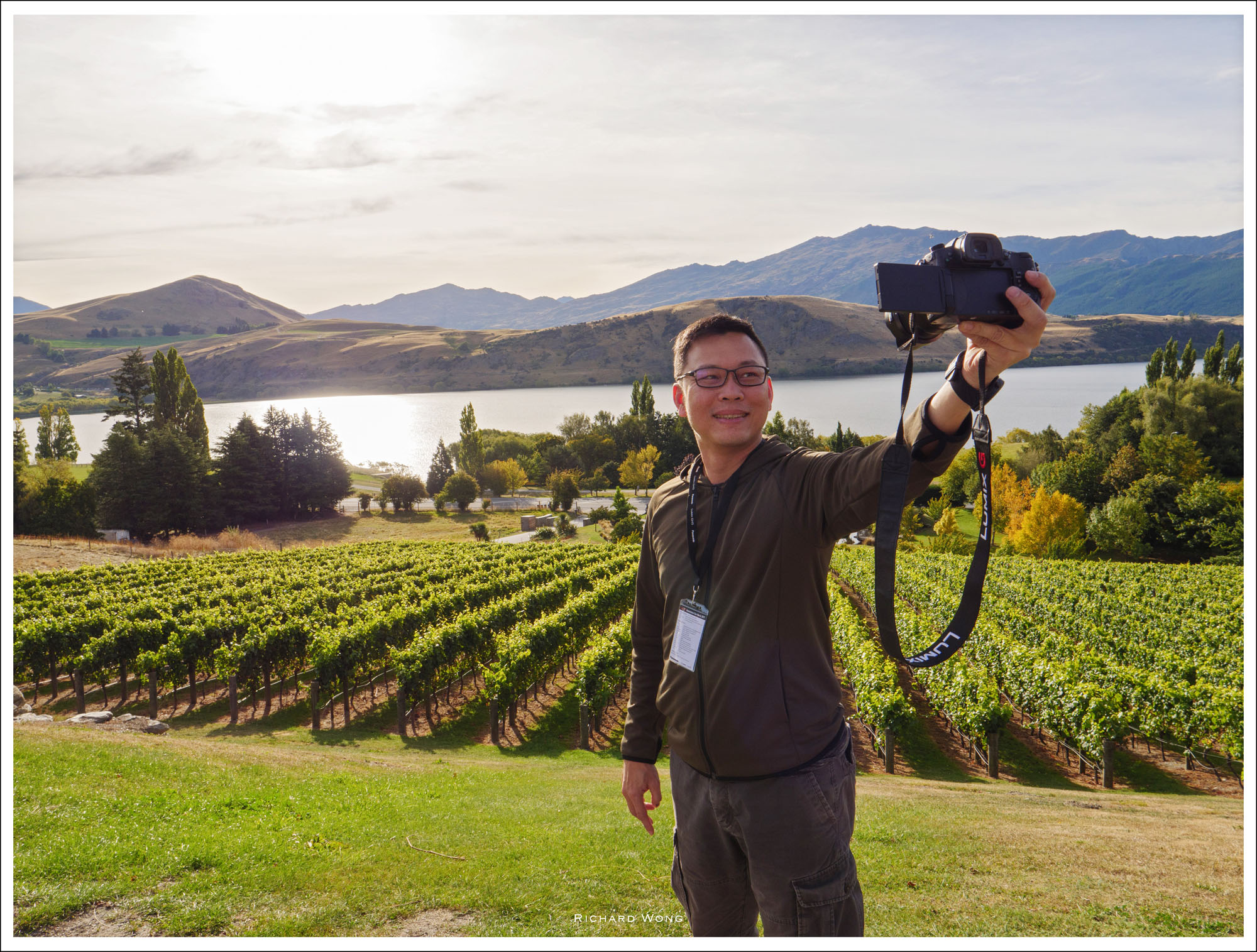 Panasonic GH5 |Panasonic Leica 12-60 f/2.8-4| ISO 200 f/8 1/400s
Panasonic GH5 |Panasonic Leica 12-60 f/2.8-4| ISO 200 f/8 1/400s
Good selfie camera? 😀
GH5’s battery life is really good, it lasts 2/3 day of full shooting mix of photo and video when I was at Queenstown. Definitely better than the Sony a7 series camera. And great thing is that it’s the same battery as the GH4 (and if my memory is correct it means same as GH3 too).
A problem I quite often have when reviewing the latest cameras, especially a super feature rich camera like the GH5, is it’s almost impossible to test or even just try out every single feature. After using the GH5 for over two weeks, including a few days in Queenstown shooting almost from sunrise till bed time, I still haven’t manage to go through the camera’s every single feature. And it’s even harder if I want to talk about every single feature in this review or else by the time you read this, Panasonic would have already announced GH6.
There are lots of new/updated features like the bluetooth/wifi connection and new remote app, the new XLR adaptor, the Waveform and Vectorscope display, the new LCD screen..etc that are great but I have to skip. It just show you how crazy the camera really are these days.
 Panasonic GH5 |Panasonic Leica 12-60 f/2.8-4| ISO 200 f/5 1/2500s
Panasonic GH5 |Panasonic Leica 12-60 f/2.8-4| ISO 200 f/5 1/2500s
With the GH4, Panasonic gave us a camera that produces beautiful 4K videos. But at the same time, a lot of secondary features that are essential or highly beneficial for creating professional grade videos were missing. I’m talking about things like a good in-body image stabiliser, internal 10bit 4:2:2 recording..etc. People end up having to attach external 10 bit recorder, gimbal, follow focus system and more if they want to create high quality videos and the camera would weight at least 3-4 times more than what it should be.
With the GH5, Panasonic has improved the video quality and also gave us some other improvements like high frame rate video. But to me, the most important improvement is that the camera can be used to create high quality video footage without any external accessory (okay, maybe apart from a good microphone). While the weight of the camera is a bit heavier than the GH4, in real life, it is a lot lighter as you could just carry the camera when you are filming and leave most of those external accessories at home. This is a dream comes true for any videographer that shoot run and gun type of video.
What about if you are a photographer who never shoot video, is the GH5 still a good choice? This is a question I’ve been asking myself a lot since the day I received the test sample. GH5’s picture quality is probably the best among any micro four thirds camera I’ve used. But the GH5 is also as expensive as the most expensive crop sensor cameras in the market and GH5’s micro four thirds sensor does not have any advantage in high ISO or dynamic range when compared to the best APS-C sensor cameras in the market. So why should someone buy a GH5 for photos?
It’s because most of the improvements for the videographers also benefit photographers. The new sensor and processor, the Dual IS2, the better autofocus system. And then you also have the the new electronic viewfinder which is really huge and awesome. 9fps burst speed with continuous focus, a huge 100 frame RAW buffer, 30fps 6K photo / 60fps 4K photo mode, post focus / focus stacking, bluetooth/wifi connection, I could keep go on and on. The truth is, the GH5 has more than enough features to make up the slight disadvantage in picture quality.
When I was attending the GH5 Queenstown tour, I had the GH5 + 3 lenses, the Leica 12-60mm f/2.8-4, Leica 25mm f/1.4, Leica 42.5mm f/1.2 in my bag the whole trip, even though most of the time I was only planning to use one lens (the Leica 12-60mm). I don’t mind carrying the other two lenses as they are all so compact and doesn’t weight much. And that’s the beauty of the micro four thirds system, it may not be the ultimate camera in terms of picture quality, but it’s the system that offers you the best balance between portability, technology and image quality.
With the GH5 is now released, what are we going to see next from Panasonic? How about a new Lumix GM camera next? I love that little micro four third camera
Reviewer: Richard Wong
Richard is a multi-award winning wedding/portrait photographer based in Auckland, New Zealand. Richard’s website is www.photobyrichard.com
If you like my review, please follow me on Facebook and Instagram 🙂
https://www.facebook.com/ReviewByRichard
https://www.instagram.com/photo_by_richard/
All photos and text Copyright© 2017 www.photobyrichard.com. All photos and text may not be copied or reproduced in any format without obtaining written permissions
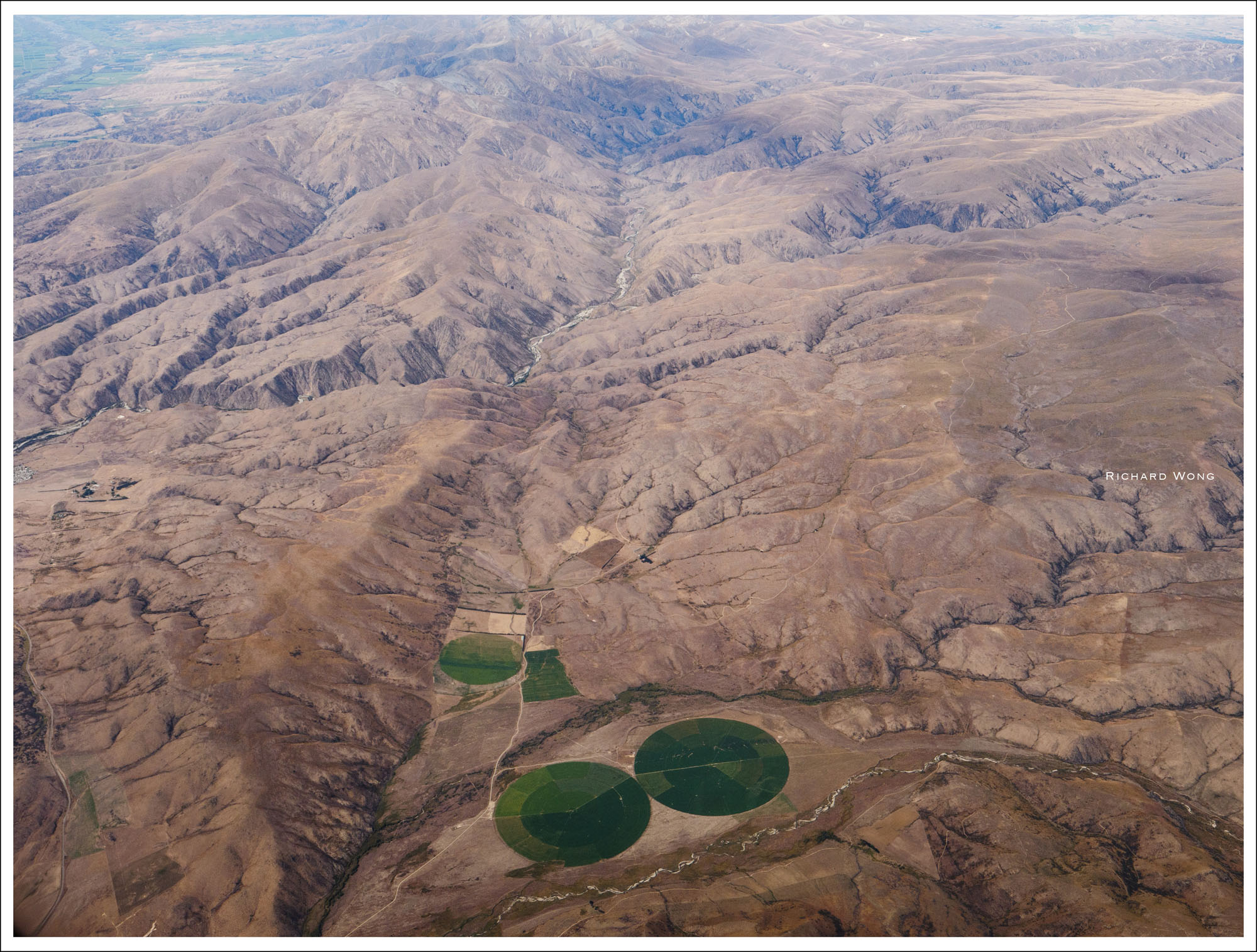 Panasonic GH5 |Panasonic Leica 12-60 f/2.8-4| ISO 200 f/10 1/400s
Panasonic GH5 |Panasonic Leica 12-60 f/2.8-4| ISO 200 f/10 1/400s
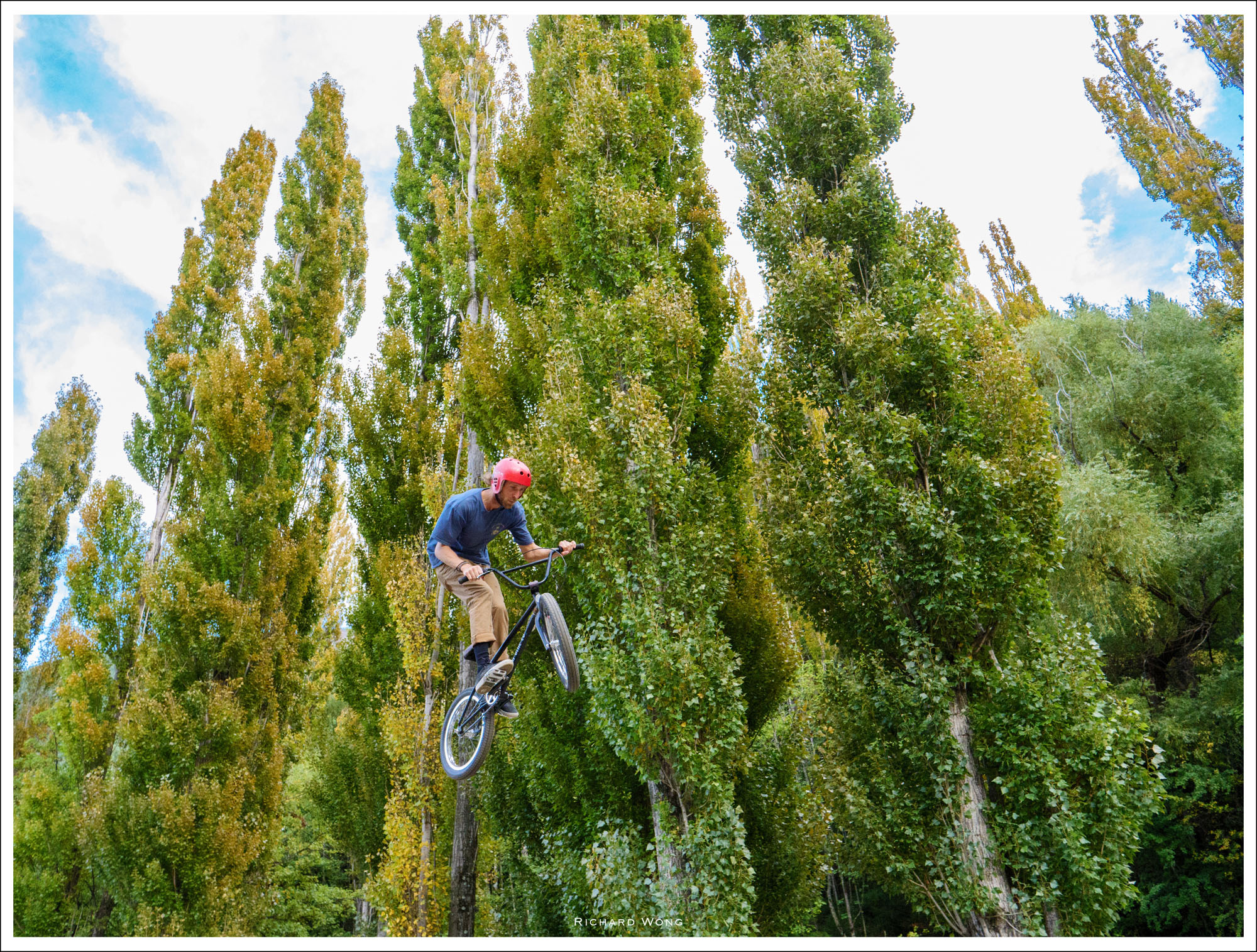 Panasonic GH5 |Panasonic Leica 12-60 f/2.8-4| ISO 200 f/5 1/2500s
Panasonic GH5 |Panasonic Leica 12-60 f/2.8-4| ISO 200 f/5 1/2500s
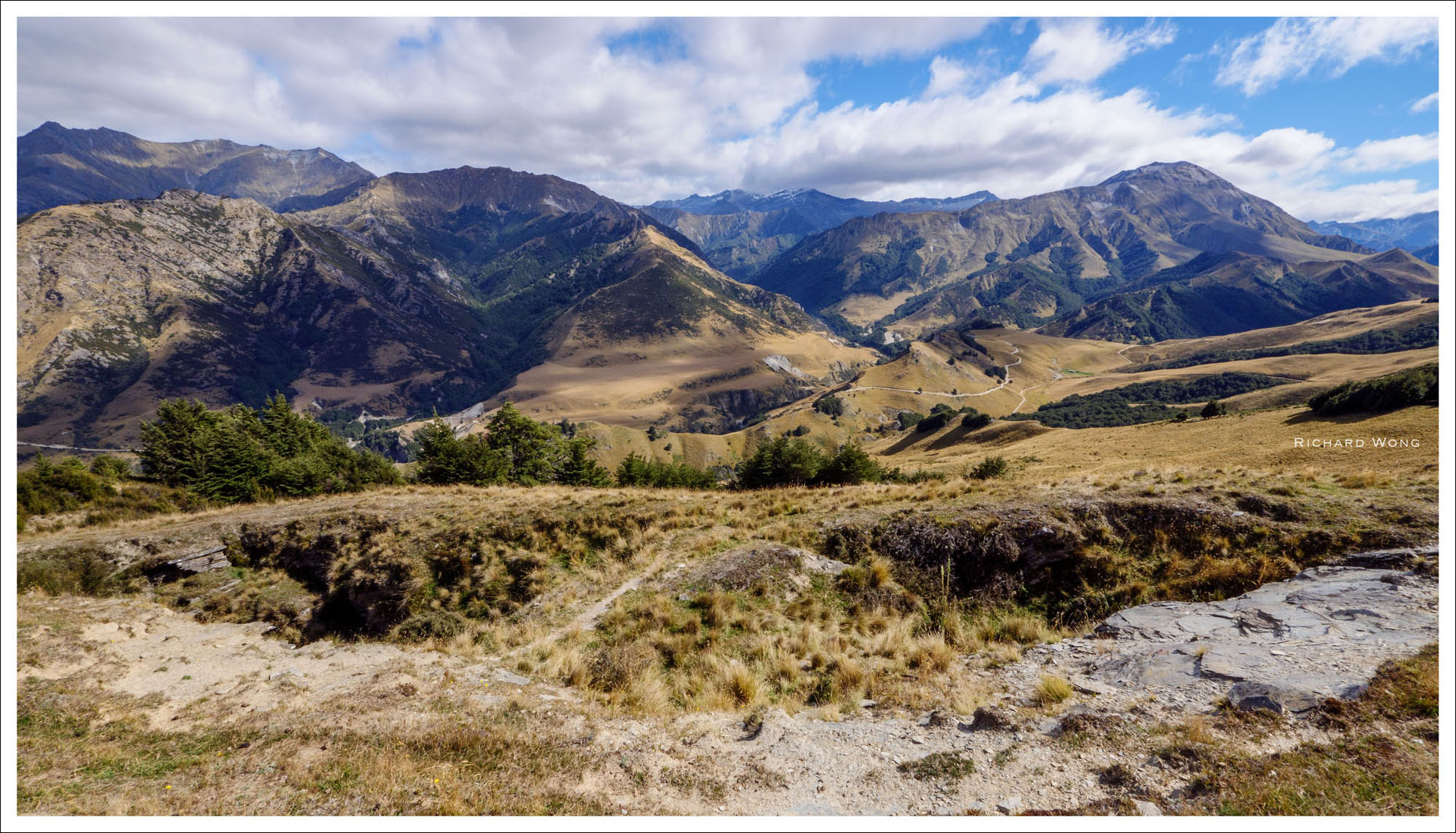 Panasonic GH5 |Panasonic 7-14 f/4| ISO 200 f/13 1/250s
Panasonic GH5 |Panasonic 7-14 f/4| ISO 200 f/13 1/250s
 Panasonic GH5 |Panasonic Leica 42.5mm f/1.2| ISO 200 f/1.2 1/1600s
Panasonic GH5 |Panasonic Leica 42.5mm f/1.2| ISO 200 f/1.2 1/1600s
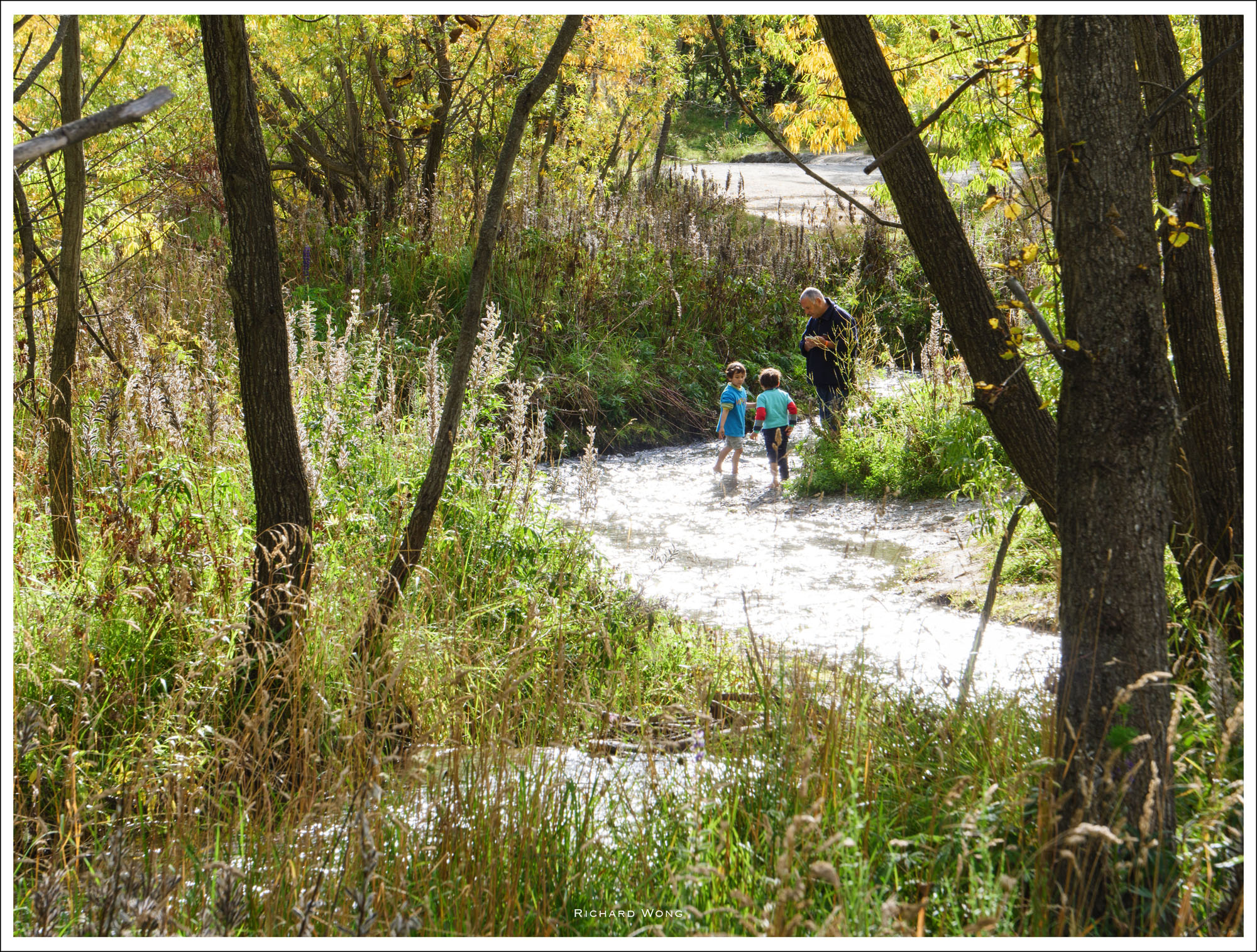 Panasonic GH5 |Panasonic Leica 12-60 f/2.8-4| ISO 200 f/10 1/50s
Panasonic GH5 |Panasonic Leica 12-60 f/2.8-4| ISO 200 f/10 1/50s
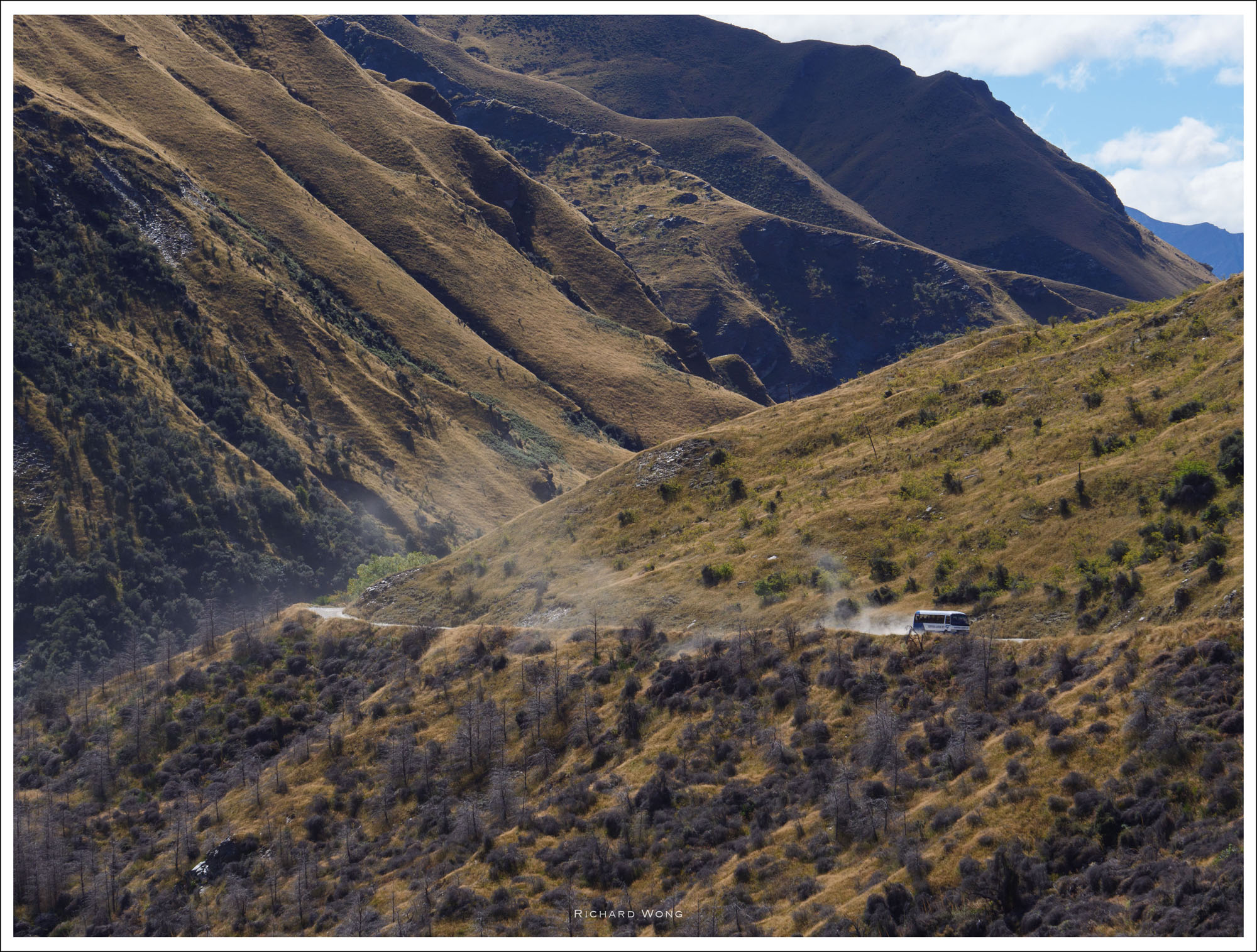 Panasonic GH5 |Panasonic Leica 12-60 f/2.8-4| ISO 200 f/8 1/500s
Panasonic GH5 |Panasonic Leica 12-60 f/2.8-4| ISO 200 f/8 1/500s
Skippers Canyon Road
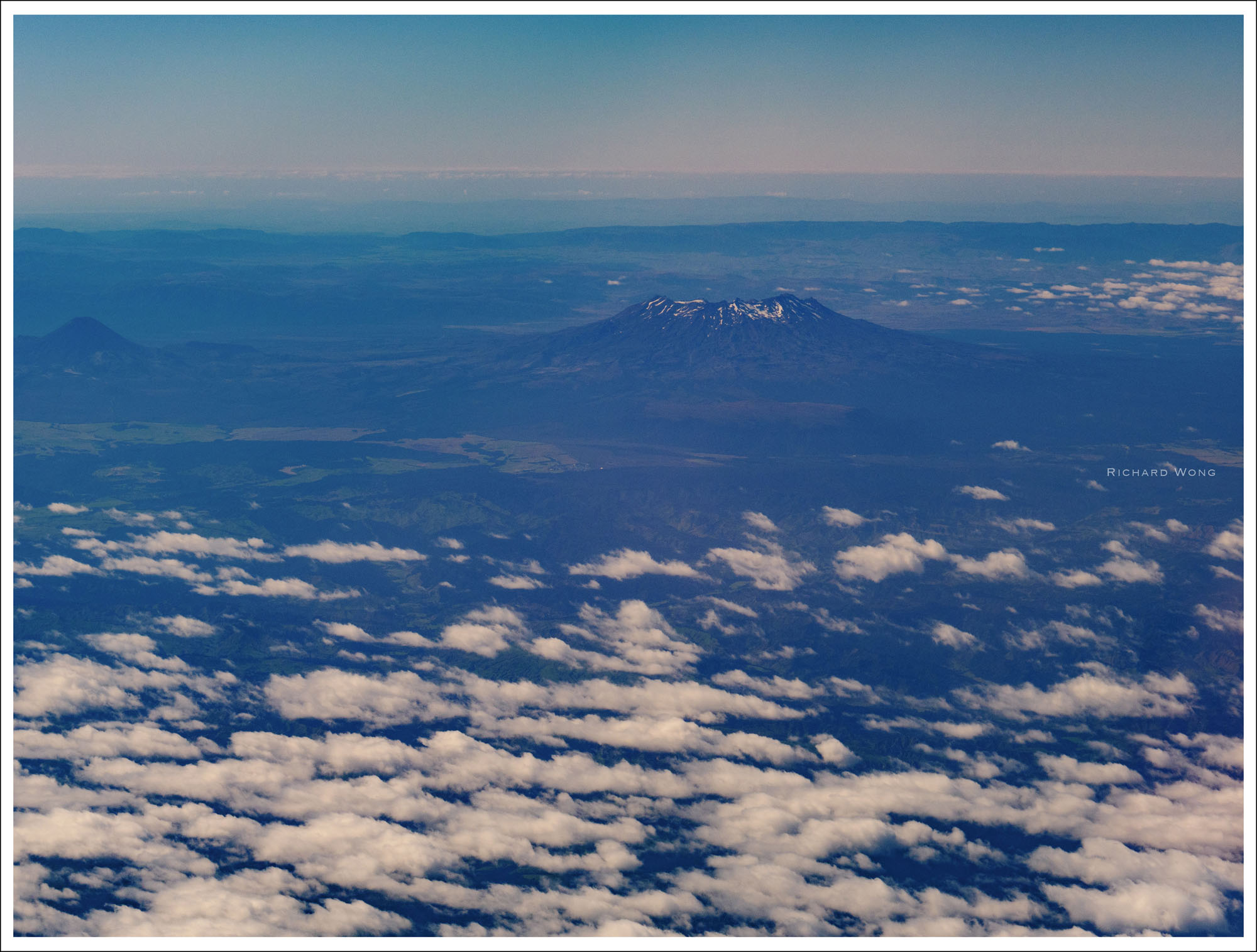 Panasonic GH5 |Panasonic Leica 12-60 f/2.8-4| ISO 200 f/10 1/800s
Panasonic GH5 |Panasonic Leica 12-60 f/2.8-4| ISO 200 f/10 1/800s
For more sample photos and video, please go to my Lumix GH5 Queenstown Tour 2017 report
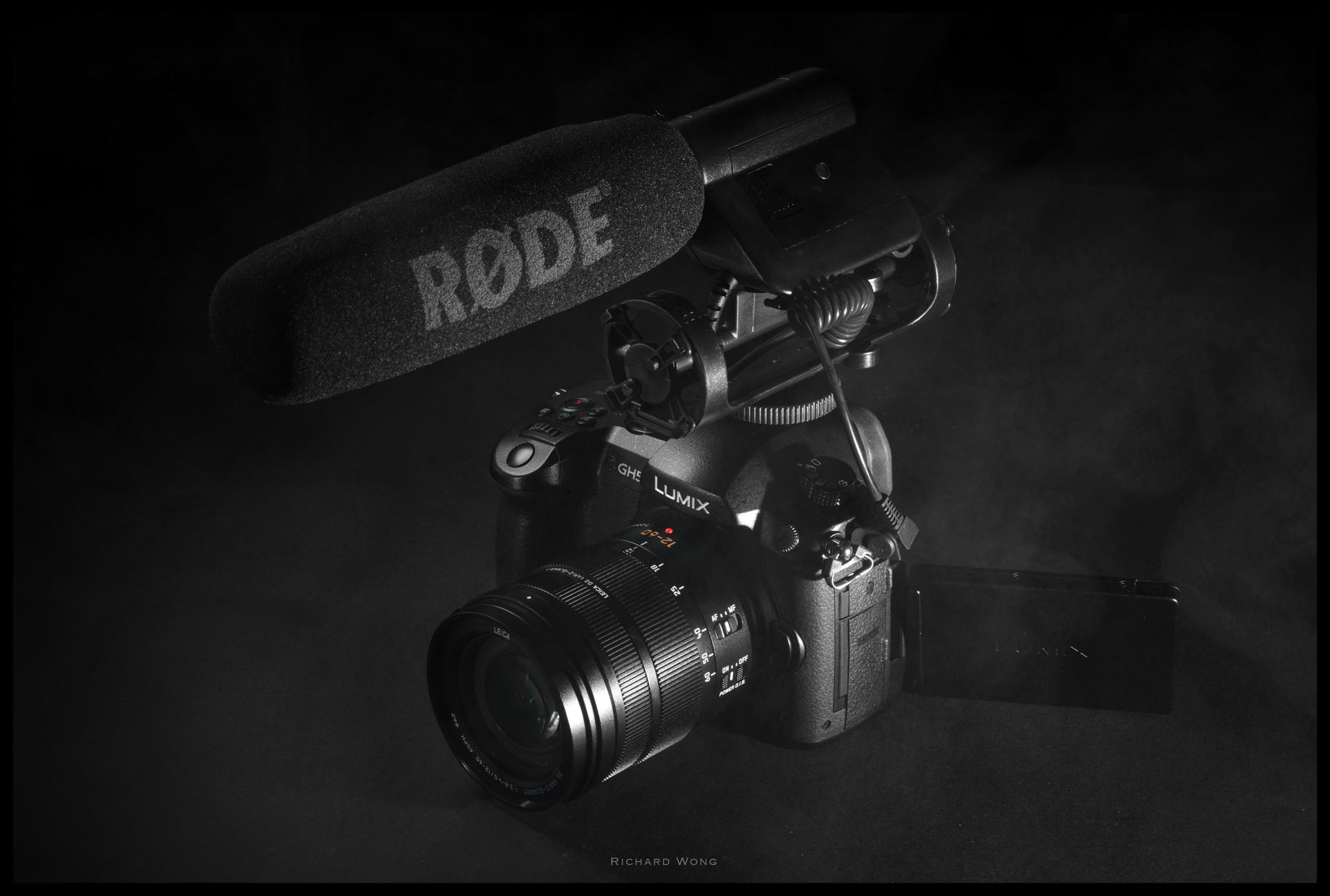
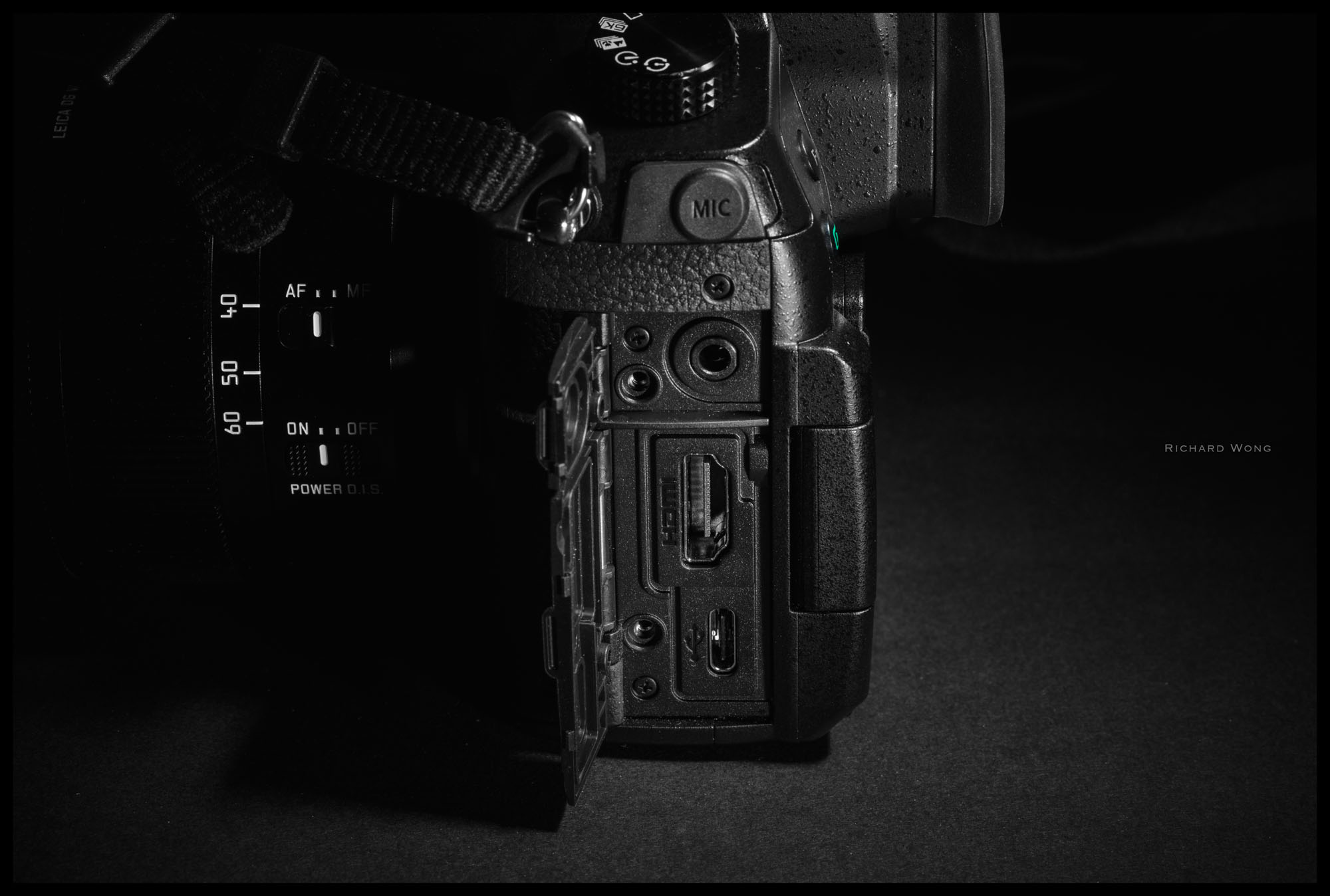
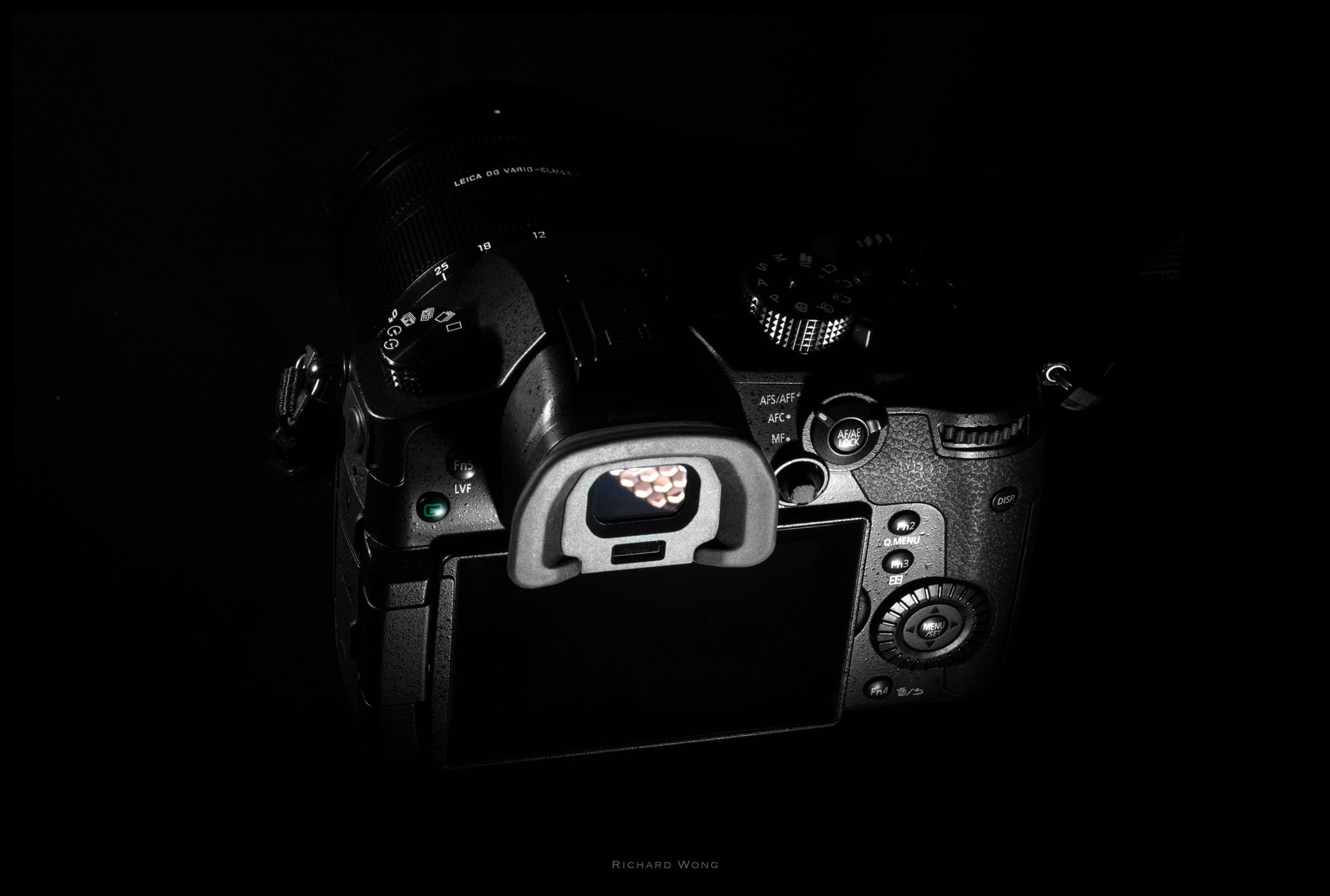
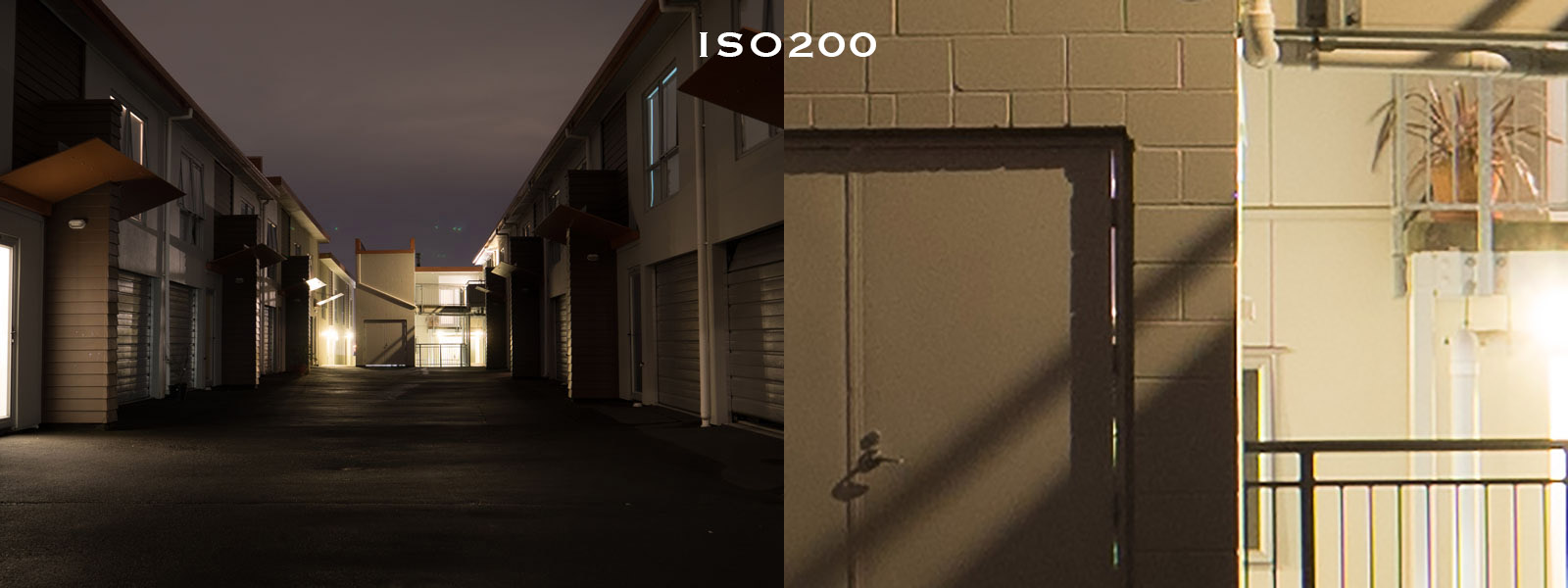
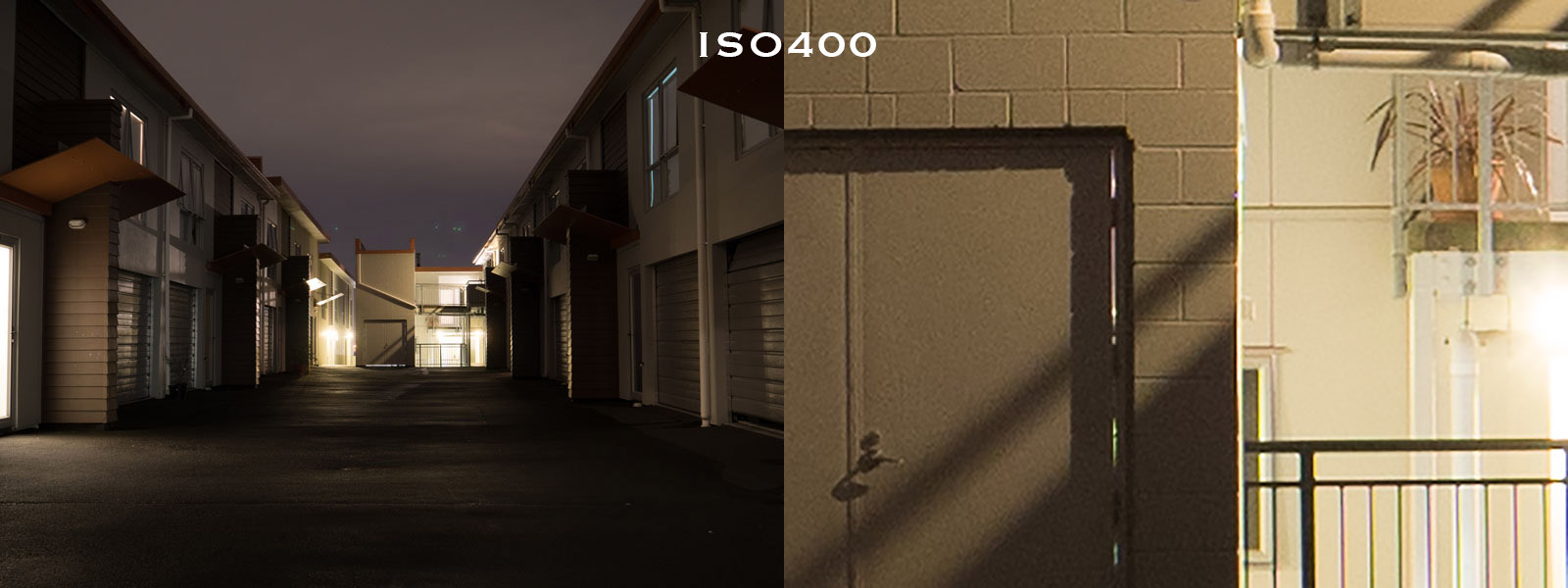

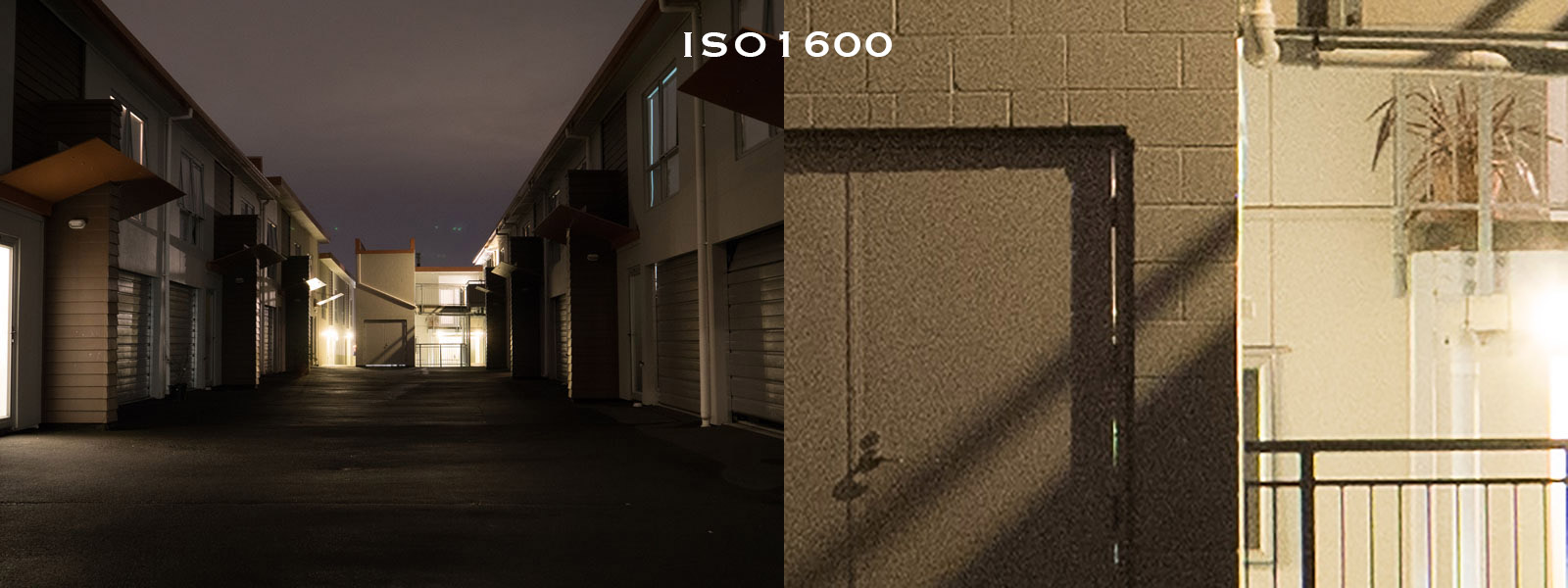
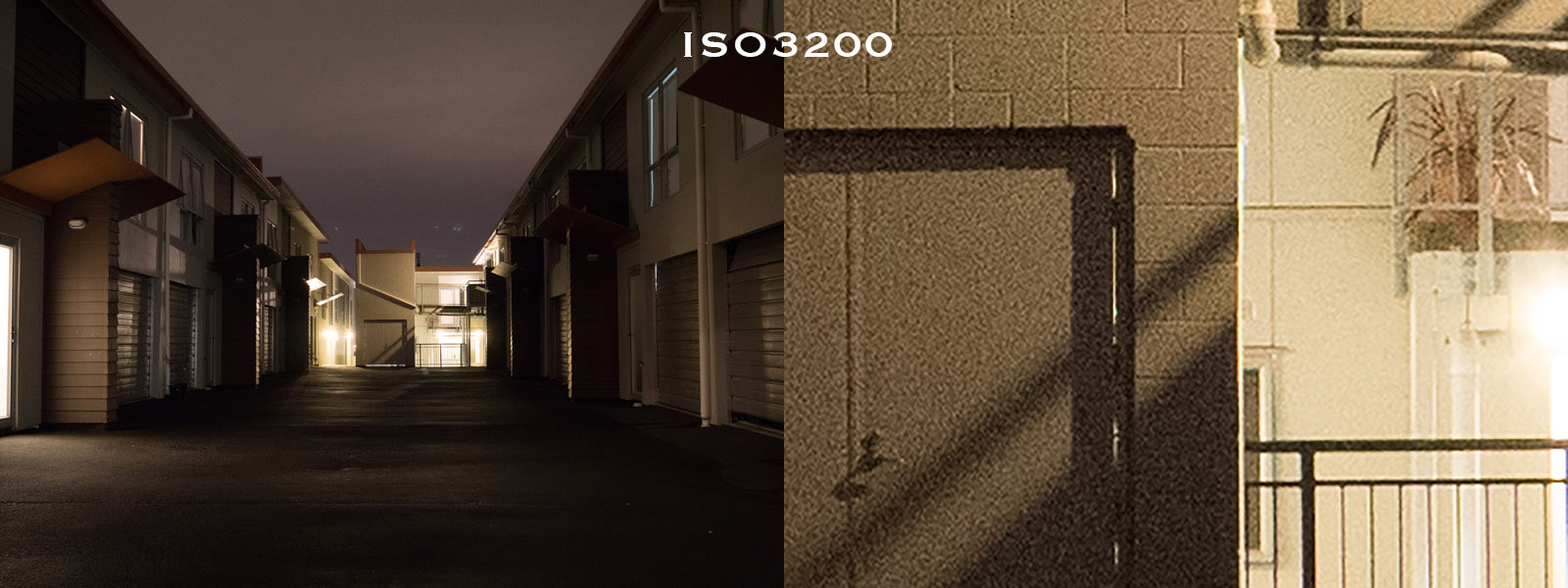
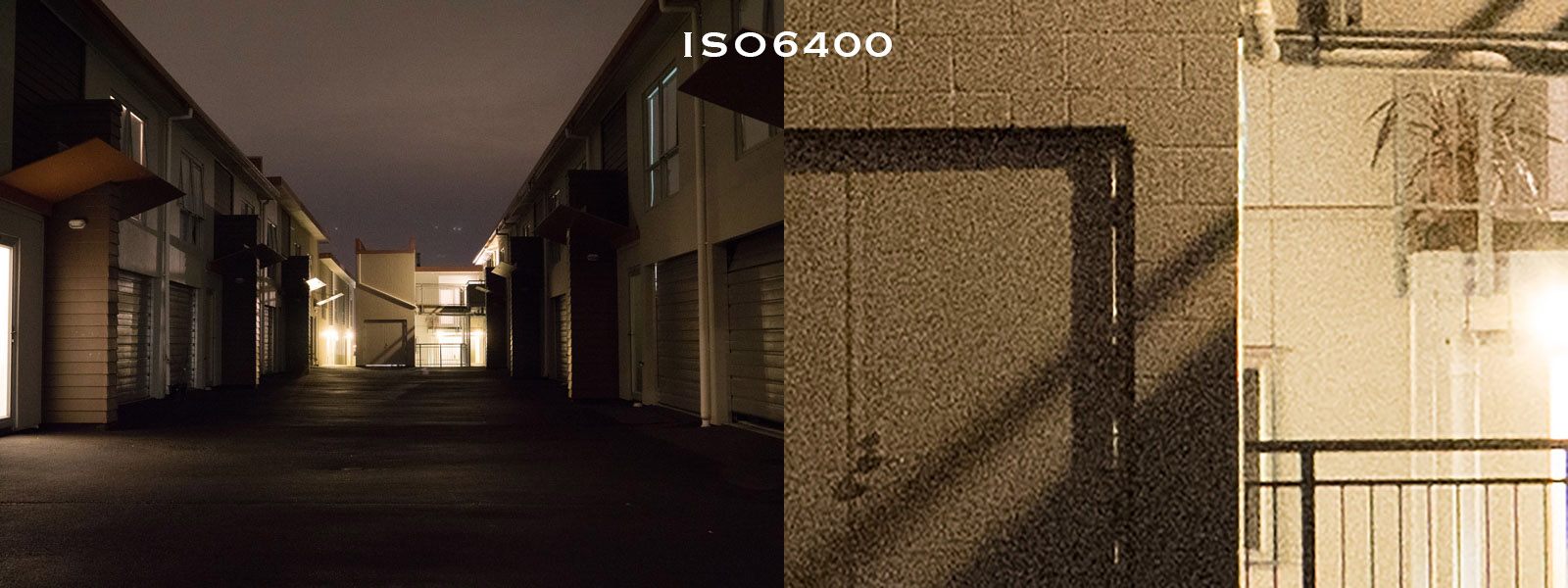
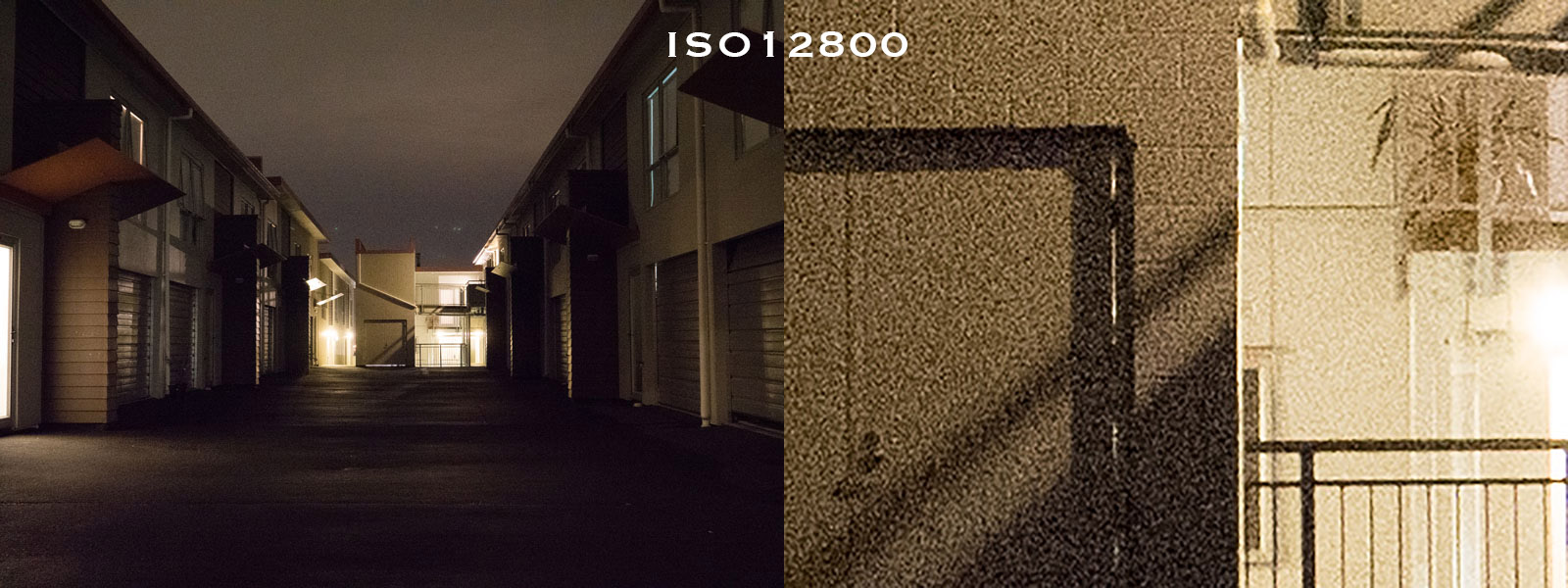
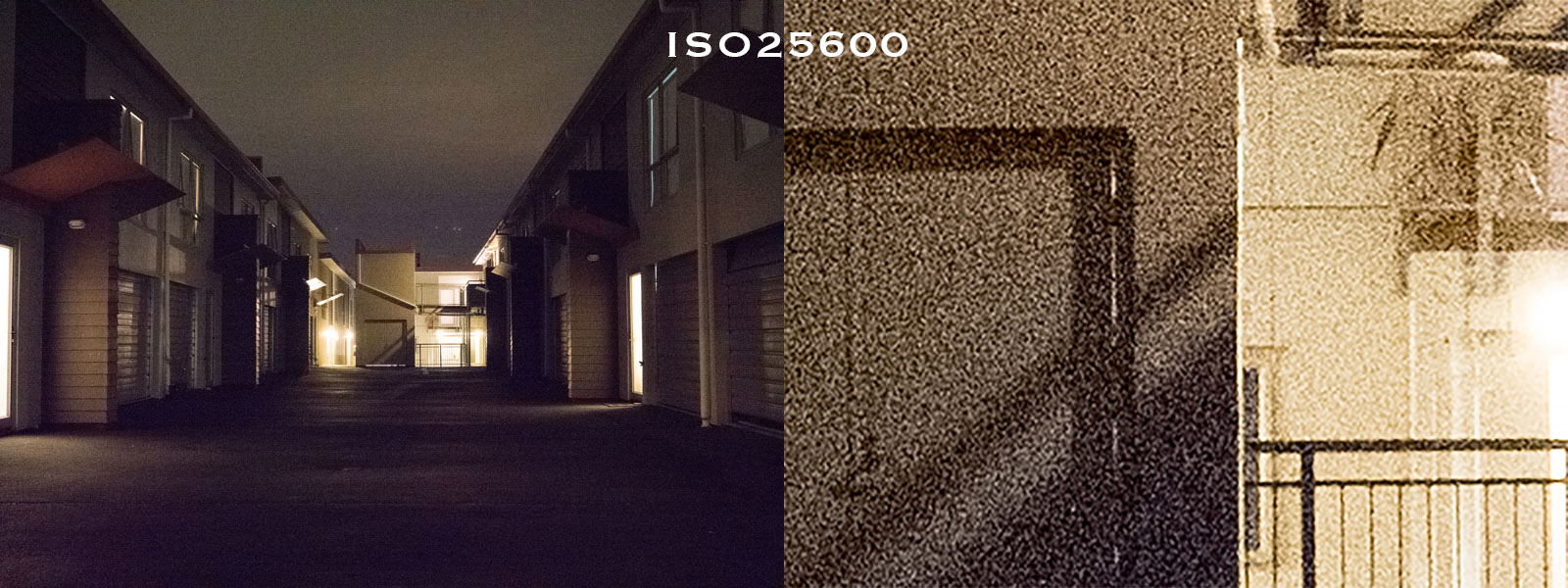

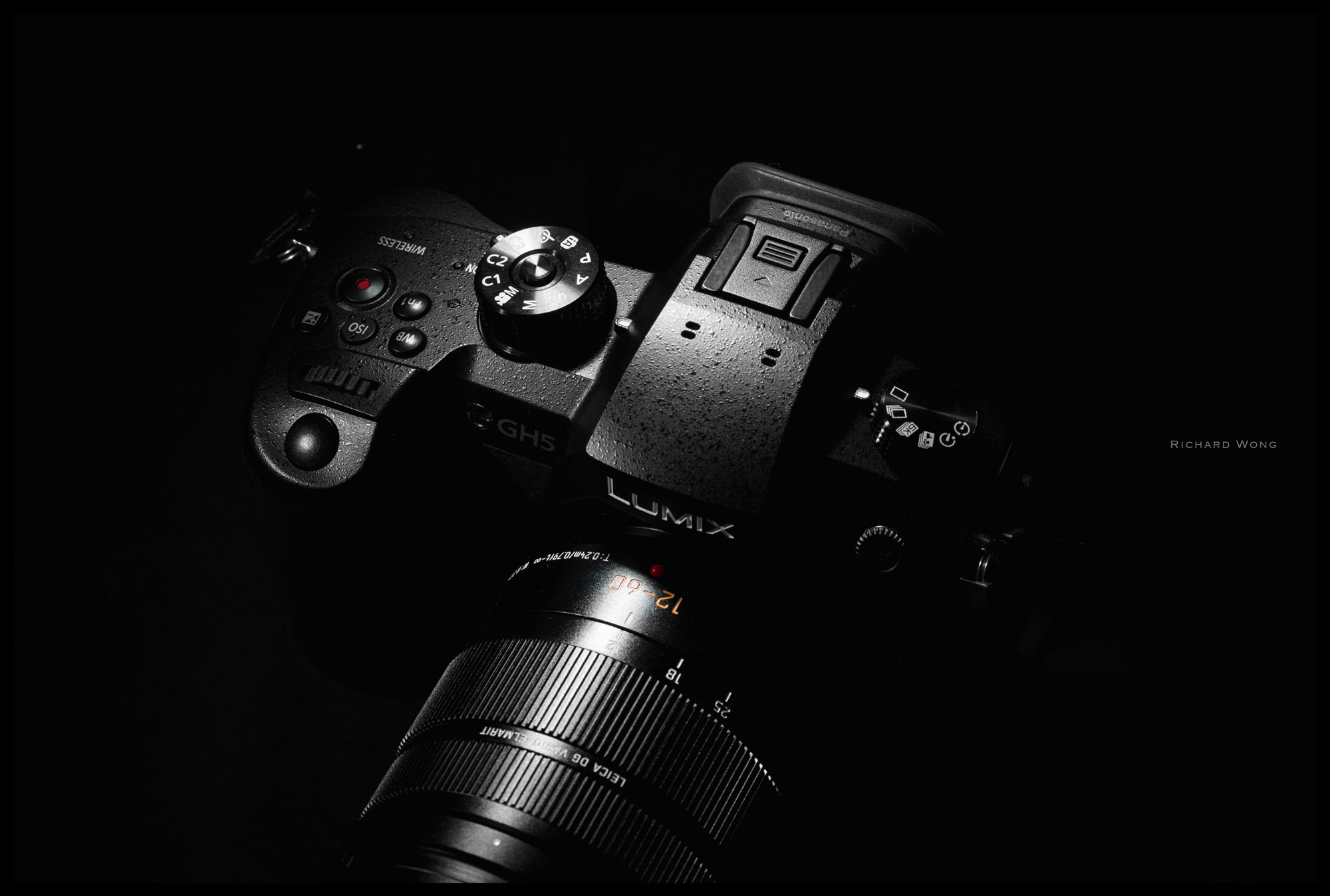

Comments are closed.